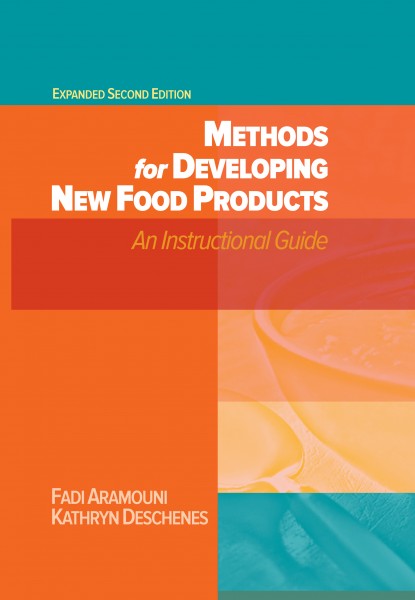Vision/Inspection/Detection
Leuze Introduces New Sensors Series
.jpg?1687901257)
Image courtesy of Leuze
Leuze has developed the 53C and 55C series for hygiene-sensitive production and packaging processes. They are characterized by the design as well as high leak tightness and resistance to cleaning agents.
When packaging or filling foodstuffs, the highest requirements apply to hygiene and the cleaning of the system. Leuze has developed the 53C and 55C sensors that are characterized by the housing made of smooth V4A stainless steel and the glass-free, scratch-resistant optics cover. The sensors can reportedly withstand demanding cleaning and disinfection cycles as well as large temperature fluctuations.
Leuze 53C series diffuse sensors have a hygienic design, without drilled holes, and are suitable for areas of application with direct contact with food. It also detects the leading edges of cut-good products. With the 53C and 55C series, system operators have through-beam photoelectric sensors, retro-reflective photoelectric sensors or diffuse sensors available for use.
Depending on the model, Leuze solutions detect glass, PET, film or small parts. The fill level of aqueous liquids can also be detected. According to the company, its sensors are dust-proof, waterproof and meet the requirements of protection classes IP67, IP68 and IP69K. They can also be configured, operated and maintained via IO-Link.
For wet areas, Leuze has developed the 55C series in a Wash-Down design. Optics and operational controls are made of non-diffusive and chemically stable materials. To meet hygiene requirements, the design of the sensors is gap-free and the housing is consistently designed to prevent bacterial contamination. Smooth contours without fastening holes prevent deposits, also enhance sanitation.
The sensor and the machine have a gas-tight connection via the mounting trunnion. The 53C series is suitable for particularly hygiene-sensitive areas with direct contact with food or for installation above unpackaged products. Detecting the fill level of aqueous liquids in containers is one of the most demanding detection tasks. This requires particularly powerful sensor solutions such as the through-beam photoelectric sensors of the 55C series from Leuze, which have been optimized for this application.
Looking for a reprint of this article?
From high-res PDFs to custom plaques, order your copy today!



APIC_PA_DMU218_RollDiameter_WL.jpg?height=200&t=1690308103&width=200)



